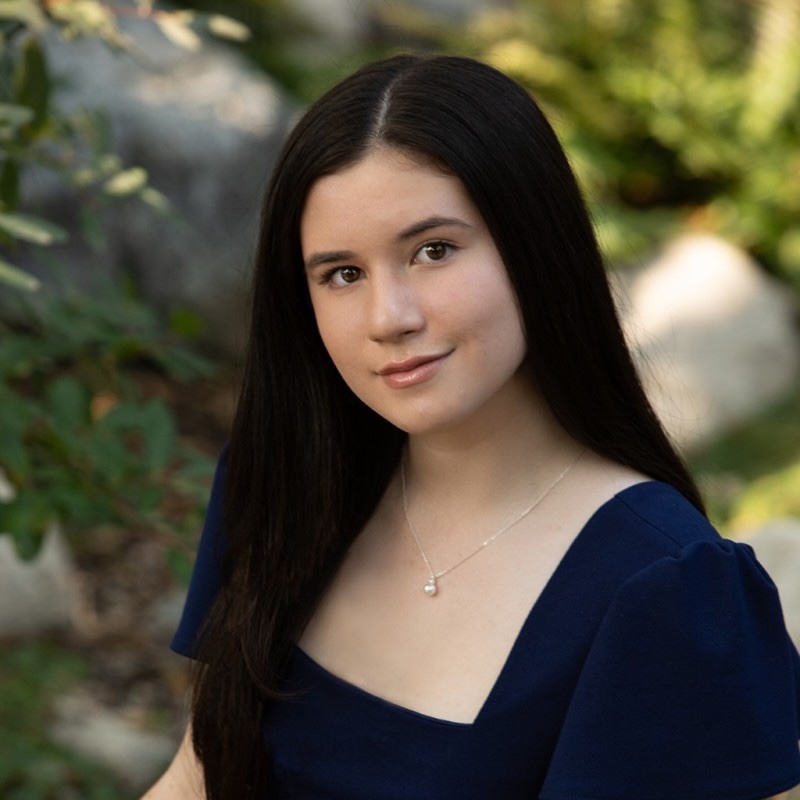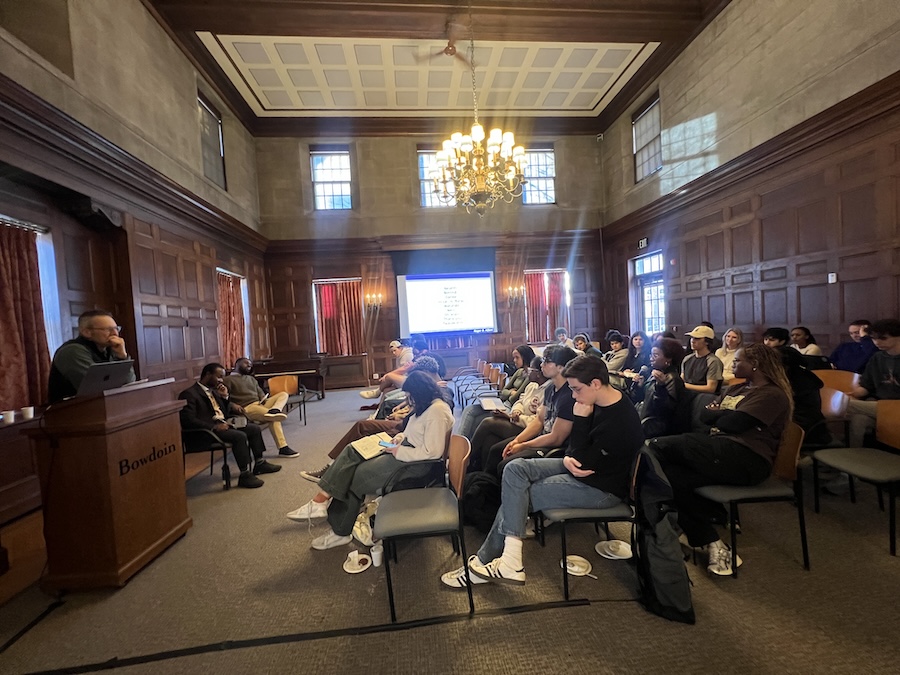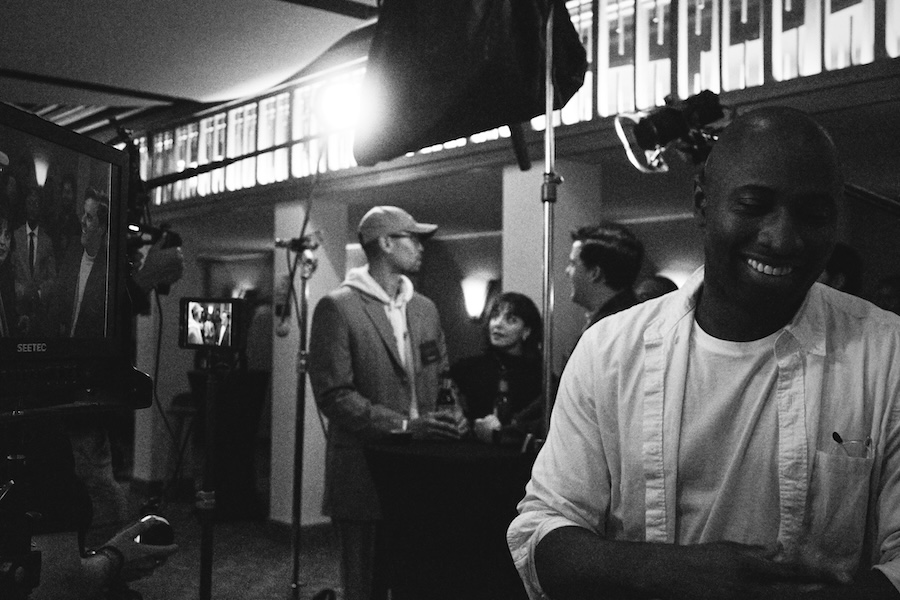The Strange Career of Jim Crow North and West
By Tom Porter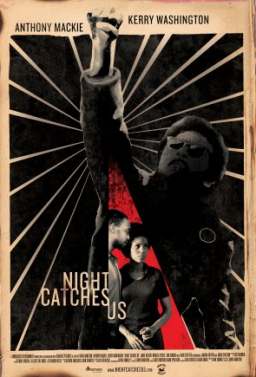
Mention the Black Panther Party and images may come to mind of armed, beret-clad, African-American males, fists raised in a black power salute. This revolutionary group was an extreme offshoot of the civil rights movement that grew to prominence in the late 1960s and early 1970s. It was at one time a powerful political force, often associated with radical, community-based programs and violent action.
The FBI viewed the Black Panthers as dangerous terrorists, but many of them were just ordinary people fighting for their communities, said University of Kansas English professor Ayesha Hardison, who is also professor of women, gender and sexuality studies.
Hardison, who is currently working on a literary history of the civil rights movement, visited Bowdoin recently to take part in a symposium on race issues. She talked about the Black Panther Party as it was portrayed in the award-winning 2010 movie Night Catches Us. Set in Philadelphia in 1976, the film tells the story of a former Black Panther returning to his old neighborhood, where the past catches up with him.
“One of the things this movie illustrates about the black power movement is its effect on ordinary members,” said Hardison. “When we think about the Black Panther Party, often people think about high profile figures who led the movement, like Huey Newton and Eldridge Cleaver, who had extraordinary lives, but Night Catches Us tells the stories of some of the rank-and-file members who had families and communities that they were struggling and fighting for.”
Hardison said the film is also significant because it is set at a time when the heyday of the Black Panther Party was long past, and shows us the after-effects of the movement. “How these former activists are able to survive and whether they thrive or not is a really important aspect of the film.”
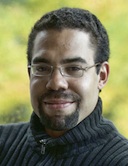
Her lecture was part of a panel discussion called Jim Crow Segregation and Black Power—one of three panels put together for a day-long symposium on September 16, 2016, featuring eighteen scholars from around the country. The event was billed The Strange Career of Jim Crow, North and West, and it’s intended to form the basis of an anthology of fifteen essays, said Associate Professor of Africana Studies and History Brian Purnell, who helped organize and moderate the symposium. “The overall theme concerns how racial discrimination looked outside the South during much of the last century and how citizen activists addressed those problems.”
The other moderators at the symposium, who are also helping to compile the book of essays, were Jeanne Theoharis, Distinguished Professor of Political Science from Brooklyn College, and Komozi Woodard from Sarah Lawrence College, who as well as being a history professor has also worked extensively as an activist and a journalist.
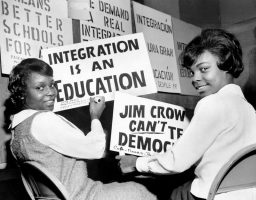
The other two panels were titled Jim Crow New York and Jim Crow Midwest and West, and they looked at how segregation affected issues such as housing, education and employment, among other things.
“The reason the symposium did not look at the South,” said Purnell, “is because in the South people considered racial discrimination a system because it was legal, at least up until the Civil Rights Act of 1964.”
But even though racial discrimination was illegal outside the South, it still happened, said Purnell, and this collection of essays, which he hopes will be published late next year, should shed some light on that contradiction.
